You can contact LEARNZ, part of CORE Education, at:
Postal Address:
PO Box 13 678,
Christchurch 8141,
New Zealand
NIWA and NOAA are research organisations that are working together on the Argo Float programme.
NIWA and NOAA scientists will join Australian scientists from the Commonwealth Scientific and Industrial Research Organisation (CSIRO) on this voyage.
RV stands for ‘Research Vessel’. The RV Tangaroa is a deepwater, ice strengthened research ship owned by NIWA.
Some interesting facts about the RV Tangaroa:
You can follow the Tangaroa’s position here at any time
During this LEARNZ field trip you will take part in the deployment of six regular Argo Floats and several Deep Argo Floats from the ship Tangaroa into the Pacific Ocean.
Some Floats are deployed in cardboard boxes to help protect them as they enter the water.
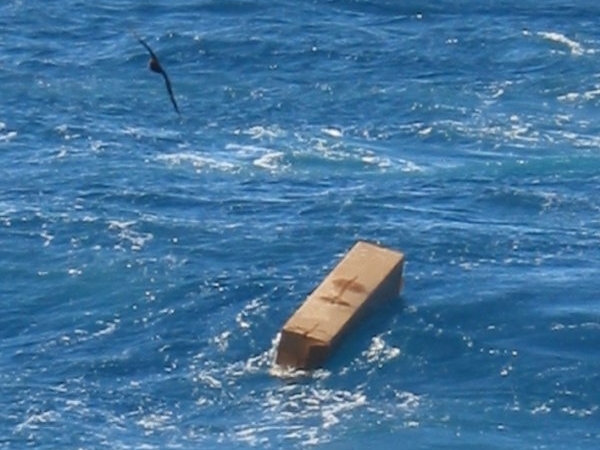
To make sure Argo Floats collect and send accurate data, scientists on this voyage will take their own measurements and compare them with the data sent from the Argo Float.
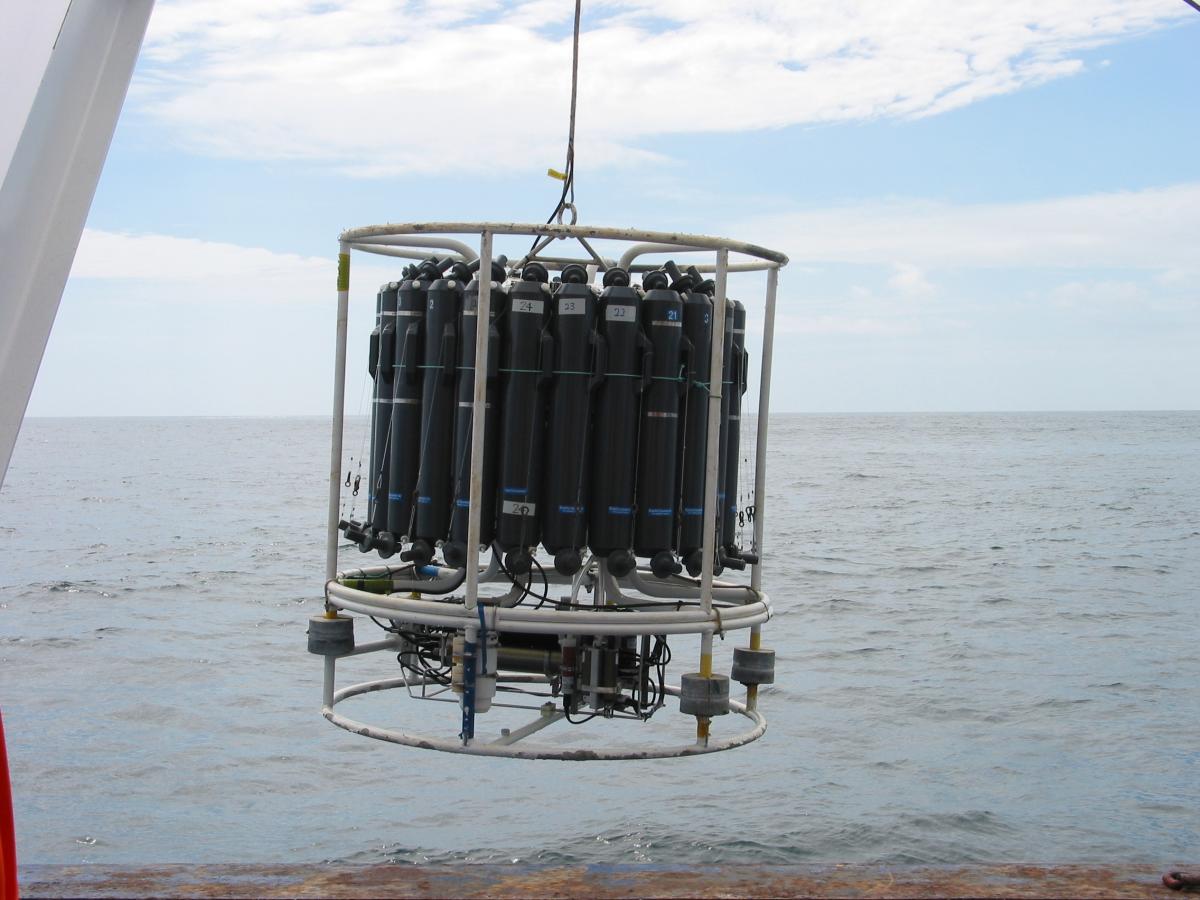
Each of the sampling bottles opens and closes at specified depths to collect a small sample of sea water.
The accurate CTD data will enable the Argo Floats to be 'calibrated'.
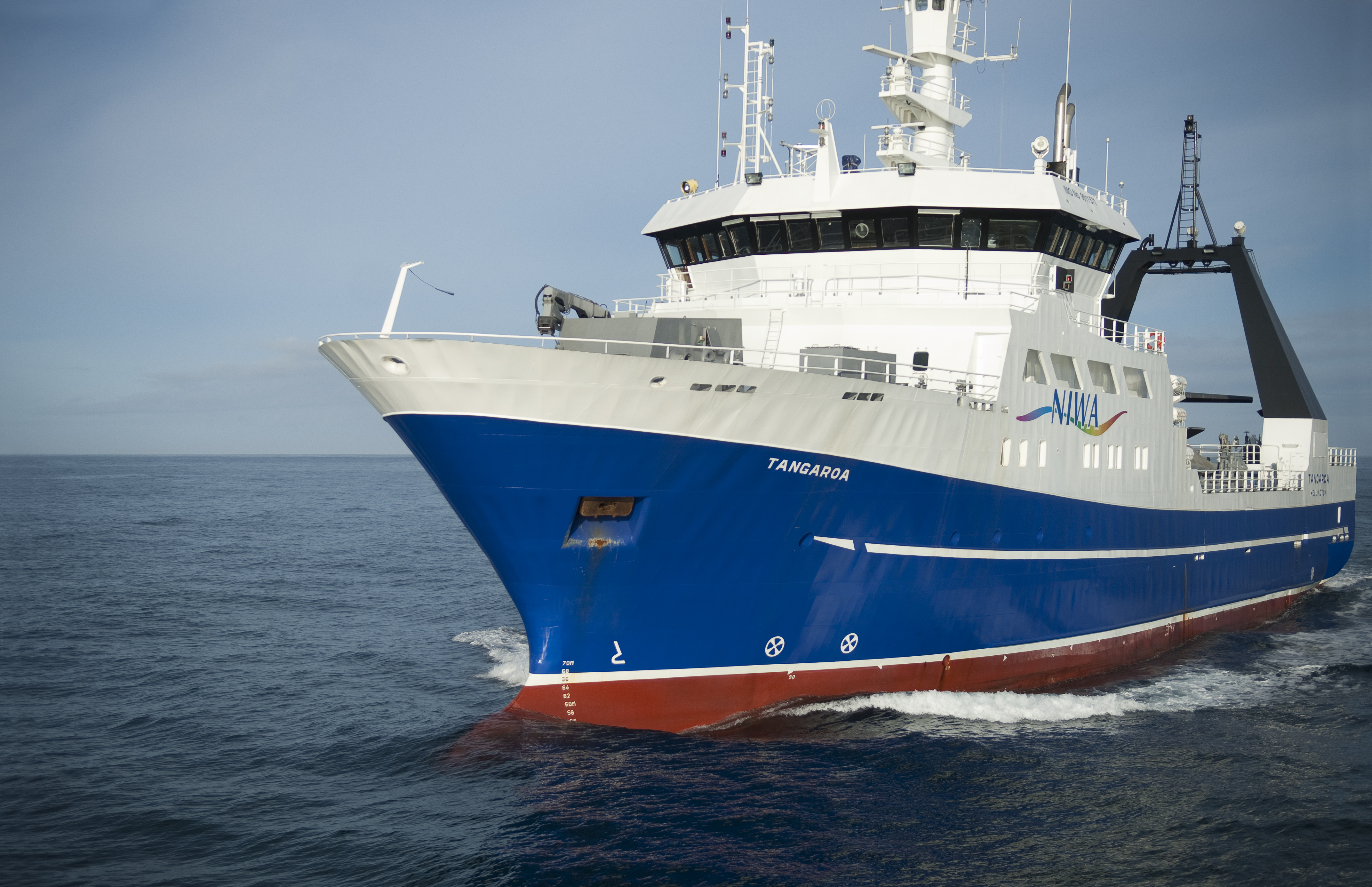
,RV Tangaroa. Photo Dave Allen
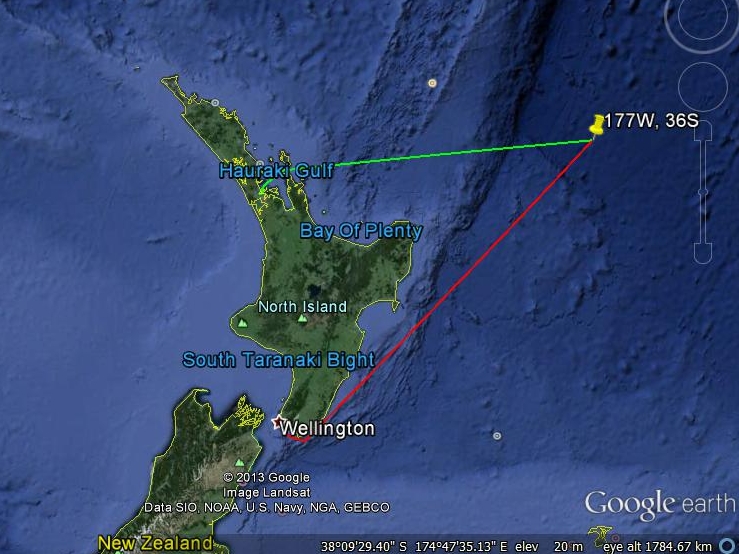
,The voyage will cover 1,000 nautical miles and deploy a prototype Argo Float which will descend to 5,500m.
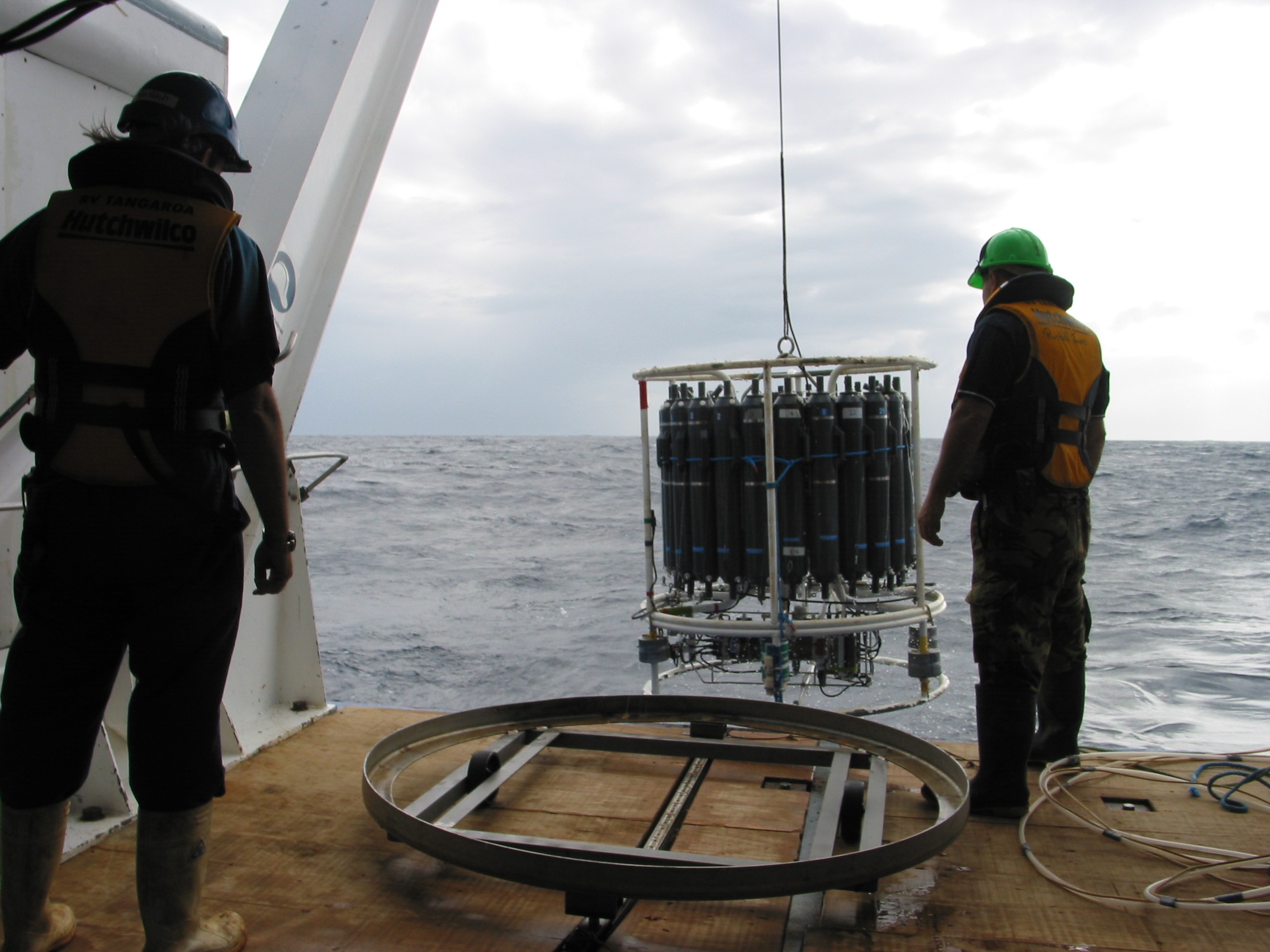
,The CTD is an instrument lowered off a ship by cable and measures salinity, temperature and depth
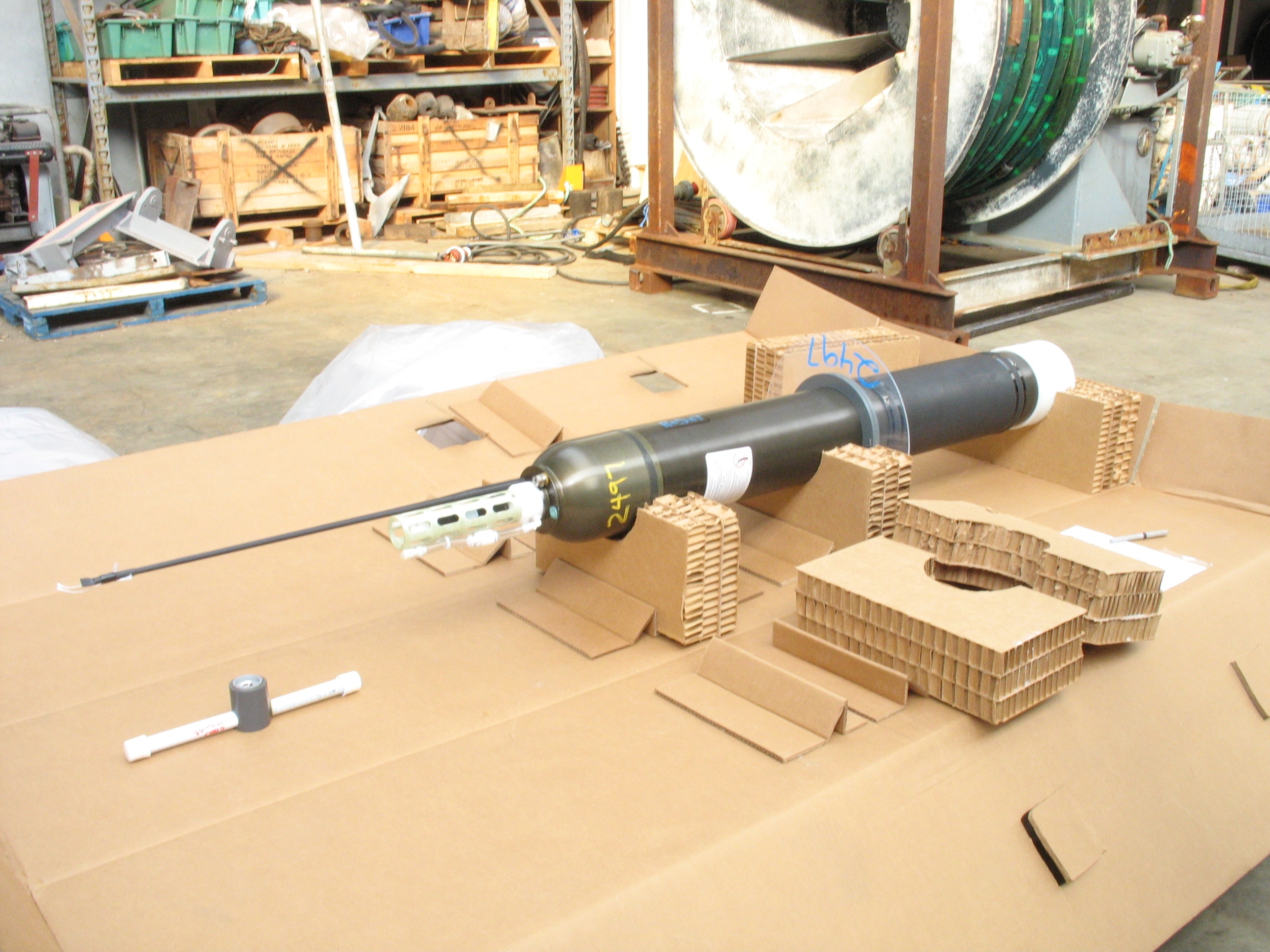
,An Argo Float ready for deployment. Can you see the antenna used to transmit data to satellites?
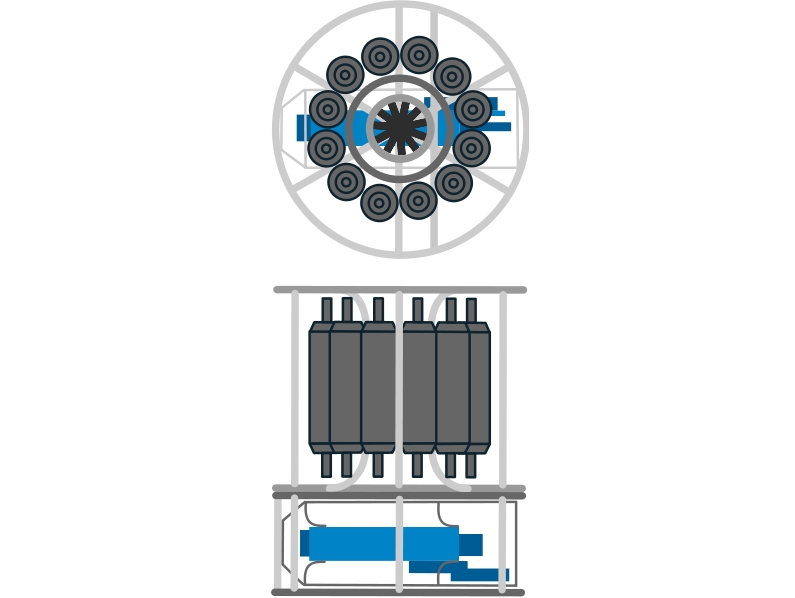
,A diagram of the CTD instrument showing 12 sampling bottles and underneath the device that captures the data (logger)
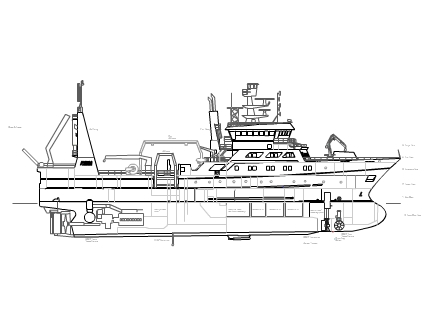
RV Tangaroa . New Zealand’s only deepwater research vessel, with a dynamic positioning system and an ice-strengthened hull. It is 70m long and well-equipped for a wide range of environmental survey and ocean science work. Image source
Next step learning: pretend you are the Captain of the research ship Tangaroa. Write a letter welcoming the scientists on board. (You might like to invite them to join you on the bridge for a cup of tea after the ship has set sail!)